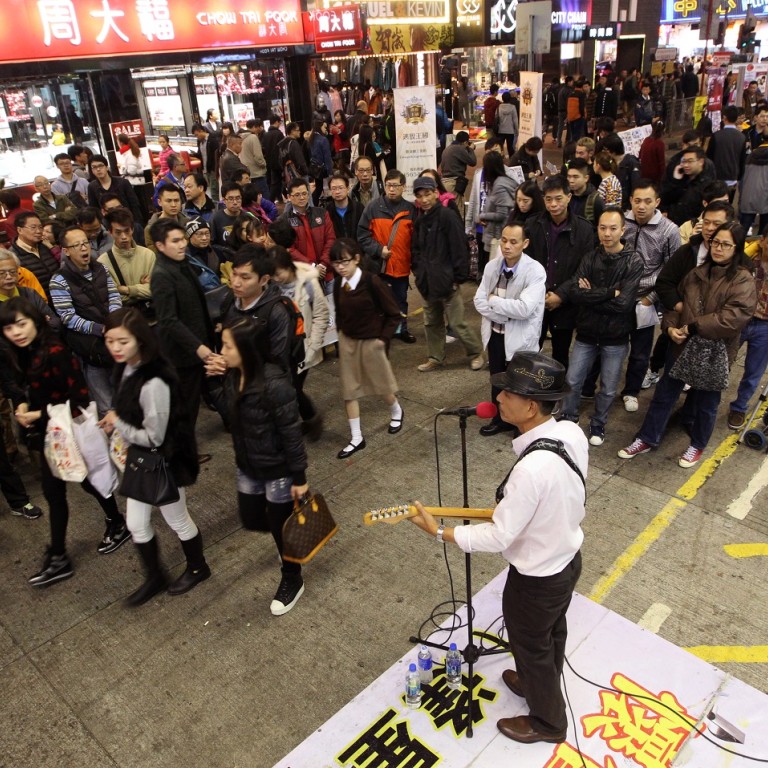
Hong Kong is more than a grocery store for mainland Chinese visitors
Michael Chugani says the devastating impact of ever more mainland visitors on our quality of life must lead us to rethink our welcome
Friends of a friend visited from Shenzhen last Saturday. I asked them why they looked so cross. They explained it had taken them almost two hours to pass through immigration at the Lo Wu border. I told them such long waits are normal at weekends. They told me of impatient visitors yelling abusive language at Hong Kong border officials. I told them that's normal too; I've seen it myself.
They wanted to go shopping in Mong Kok. If you haven't been, don't, unless you enjoy fighting thick crowds. The place swarms with mainland tourists packing everything from Chinese medicine and baby milk powder to toothpaste into their oversized cases.
A day earlier, Secretary for Commerce and Economic Development Greg So Kam-leung dropped the bombshell that visitor numbers would jump from last year's 54.3 million to 70 million in three years, the bulk of whom will be mainlanders. This would climb to 100 million by 2023. The commerce chief thinks Hong Kong can handle it. Either he hasn't been to Mong Kok or Lo Wu, or he's bonkers.
To justify not imposing a limit on visitors, So used the stale argument that mainland tourists contribute hugely to our economy, providing 230,000 jobs.
Here's what I want to ask So: how many of those holding these wonderful jobs qualify for Chief Executive Leung Chun-ying's welfare handouts for the working poor? Quite a lot, I suspect. They're dead-end retail sector jobs that pay far less than Hong Kong's median monthly household income of HK$20,700. The only people profiting are the owners of cosmetics stores and luxury brand shops.
To further justify not capping visitor numbers, So said that, as a free port, Hong Kong could not and should not set a limit. Wrong. All free ports set a limit through visa control. Most countries grant visas only to genuine tourists with financial means. The bulk of the mainlanders who come here to buy baby milk powder or Chinese medicine would not qualify for US or Japanese tourist visas.
But Hong Kong does not issue visas to mainland visitors. They come with mainland travel documents and are allowed in, no questions asked.
OK, Hong Kong is part of China. But then why have immigration control at all? The truth is that most mainlanders who come are not real tourists. They are grocery shoppers. Hongkongers have to compete with them not only for daily necessities but also for space on the MTR, in restaurants and shopping malls.
If So and other policymakers abandoned their chauffeur-driven cars and sampled everyday life in Mong Kok, (tea restaurant), or the overpacked MTR, maybe they would understand we are already overflowing with visitors. Maybe they would see the angry frustration bubbling among Hongkongers who must wait for four MTR trains before they can board.
To say we could handle 100 million tourists who create dead-end jobs is plain loony. Shouldn't we aim higher than creating jobs to sell fish balls in Mong Kok or cosmetics in Causeway Bay? But it's no point saying all this to our officials. They live in a different world with their iron rice bowls.

